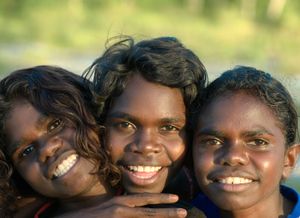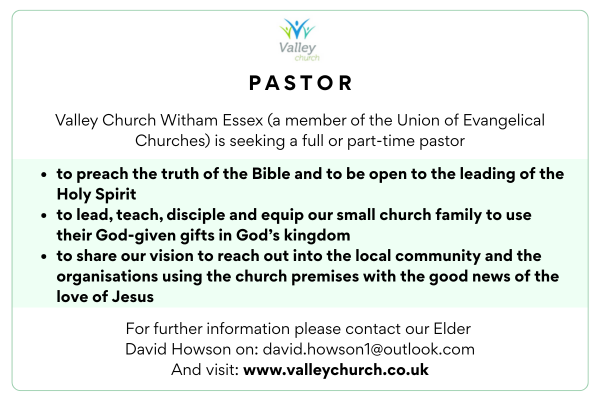The penal colonisation of Australia in 1788 and subsequent free settlement brought indigenous Australians into increasing contact with Western culture and government.
The gospel came with the fleet chaplain, Richard Johnson. He was an evangelical supported by William Wilberforce (among others) who stressed personal salvation through faith in Christ.
Evangelical Anglicans consistently reached out from the earliest days. Men like the 19th-century Bishop Matthew Blagden Hale operated in different parts of Australia. He established outreach, trained and ordained aboriginal ministers, and obtained crown land for local indigenous communities to build upon.
Aboriginal clergy regularly ministered to mixed-race congregations, but as key personnel (such as Bishop Hale) moved on, situations declined and works ended, often in what was essentially land grabs by colonists.
The backbone of the church is made up of the committed indigenous believers, yet the local congregation is a healthy and united mix of culture and race.








